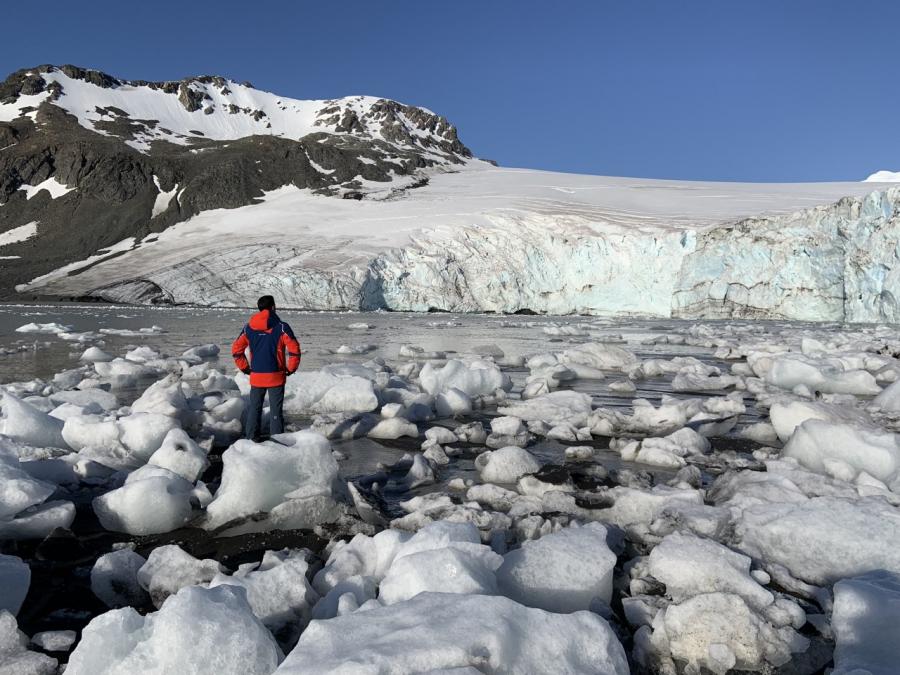Trustworthiness Mechanisms for Long-Distance Networks in Internet of Things

This thesis aims at achieving reliable data exchange over a harsh environment by improving its trustworthiness through the design of a complete model that takes into account the different layers of trustworthiness and through the implementation of the model’s associated countermeasures. The thesis focuses on the use case of the SHETLAND-NET project, aiming to deploy a hybrid Internet of Things (IoT) architecturewith LoRa and Near Vertical Incidence Skywave (NVIS) communications to offer a telemetry service for permafrost monitoring in Antarctica.
To accomplish the thesis objectives, first, a review of the state of the art in trustworthiness is carried out to propose a definition and scope of the trustworthiness term. From these, a four- layer trustworthiness model is designed, with each layer characterized by its scope, metric for trustworthiness accountability, countermeasures for trustworthiness improvement, and the interdependencies with the other layers. This model enables trustworthiness accountability and assessment of the Antarctic use case.
Given the harsh conditions and the limitations of the use technology in this use case, the model is validated and the telemetry service is evaluated through simulations in Riverbed Modeler. To obtain anticipated values of the expected trustworthiness, the proposal has been modeled to evaluate the performance with different configurations prior to its deployment in the field. The proposed architecture goes through three major iterations of trustworthiness improvement. In the first iteration, using social trust management and consensusmechanisms is explored to take advantage of sensor redundancy. In the second iteration, the use of modern transport protocols is evaluated for the Antarctic use case. The final iteration of this thesis assesses using a Delay Tolerant Network (DTN) architecture using the Bundle Protocol (BP) to improve the system’s trustworthiness.
Finally, a Proof of Concept (PoC) with real hardware that was deployed in the 2021-2022 Antarctic campaign is presented, describing the functional tests performed in Antarctica and Catalonia.
Keywords. IoT, WSN, trustworthiness, Antarctica, NVIS, LoRa, DTN, modeling, simulation.